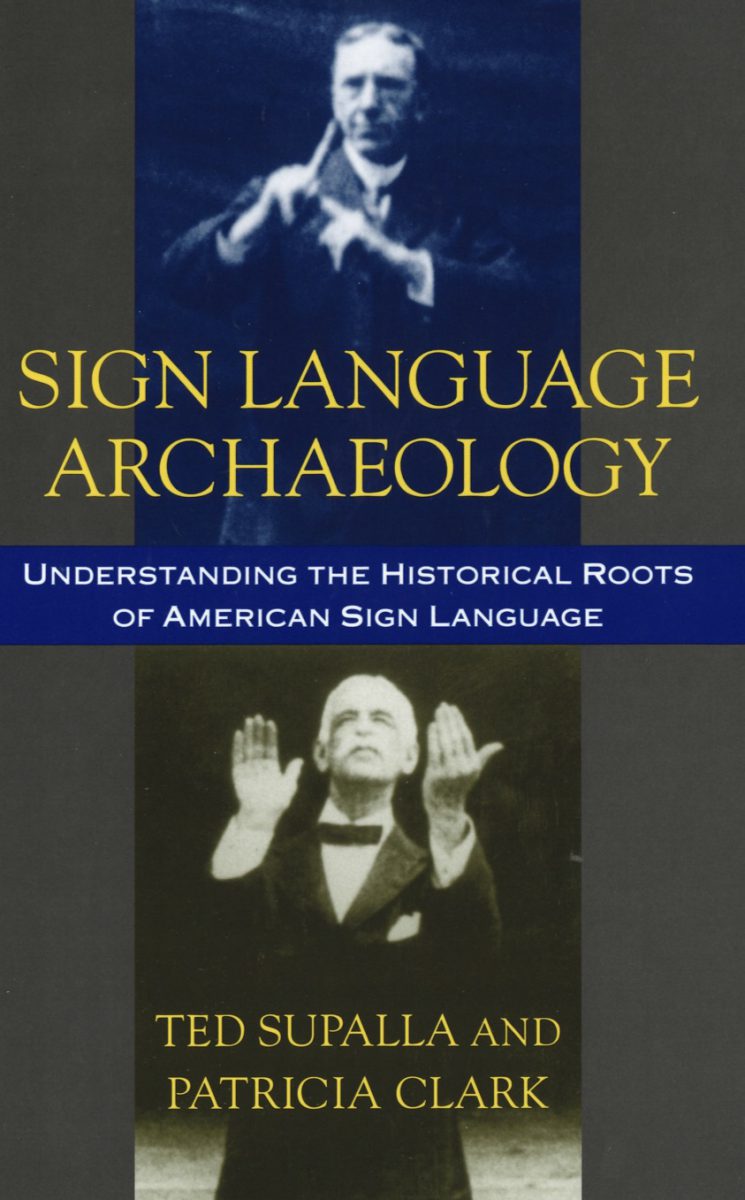Description
Sign Language Archaeology: Understanding the Historical Roots of American Sign Language
By: Ted Supalla and Patricia Clark
In this engrossing study, Ted Supalla and Patricia Clark investigate the development of American Sign Language (ASL), revealing the changes that have occurred through generations of use. According to tradition, ASL evolved from French Sign Language. The authors analyze the metalinguistic assumptions of these early accounts and also examine in depth a key set of films made by the National Association of the Deaf (NAD) between 1910 and 1920. Designed by the NAD to preserve classic ASL, the films feature fifteen sign masters, the model signers of that time. In viewing these films, the authors discovered that the sign masters signed differently depending on their age. These variations provide evidence about the sign formation process of early ASL, further supported by data collected from dictionaries of the nineteenth and early twentieth centuries.
By examining the writings of selected individuals, this study reconstructs the historical context for early ASL grammar. It describes the language used by different generations of signers and how it changed, and it focuses on the rediscovery of the literacy legacy of the Deaf American voice. Sign Language Archaeology reveals the contrast between folk etymology and scientific etymology and allows readers to see ASL in terms of historical linguistics.
Ted Supalla is a professor in the Department of neurology at Georgetown University in Washington, DC.
Patricia Clark, a certified ASL/English interpreter is an adjunct faculty member in the program in American Sign Language at the University of Rochester in Rochester, New York.
 Official Government Website
Official Government Website
